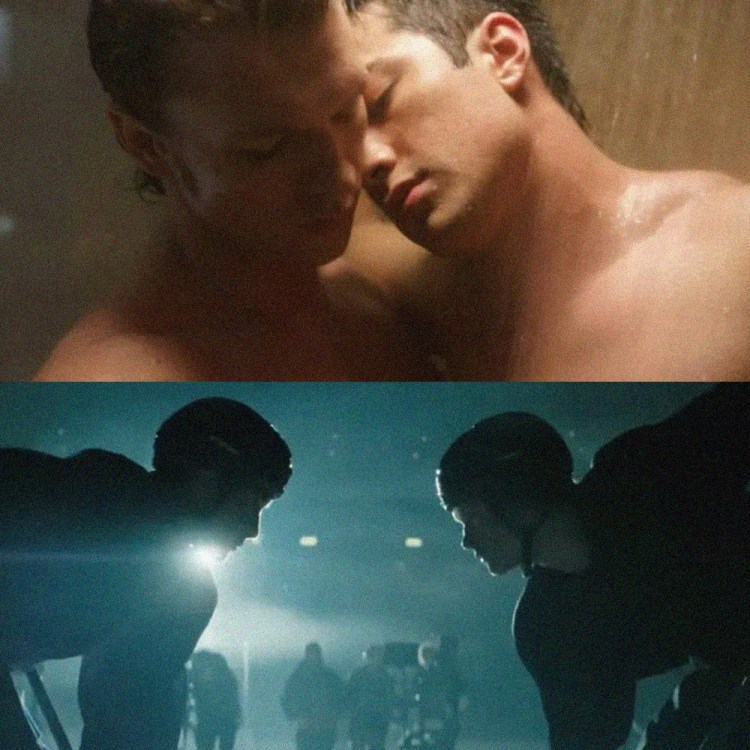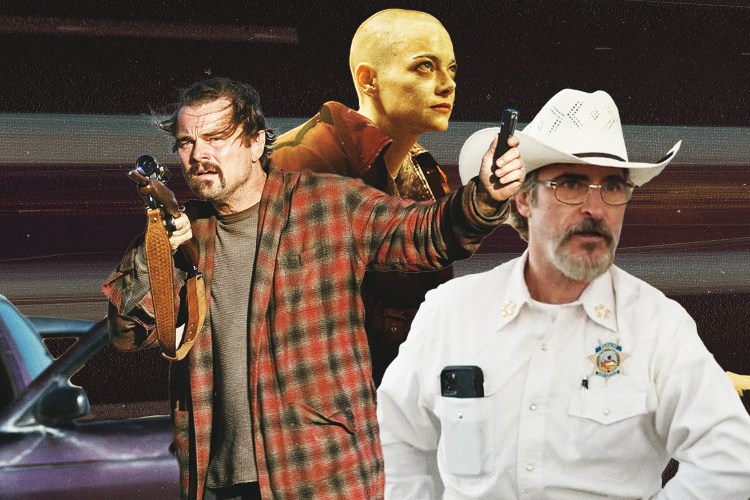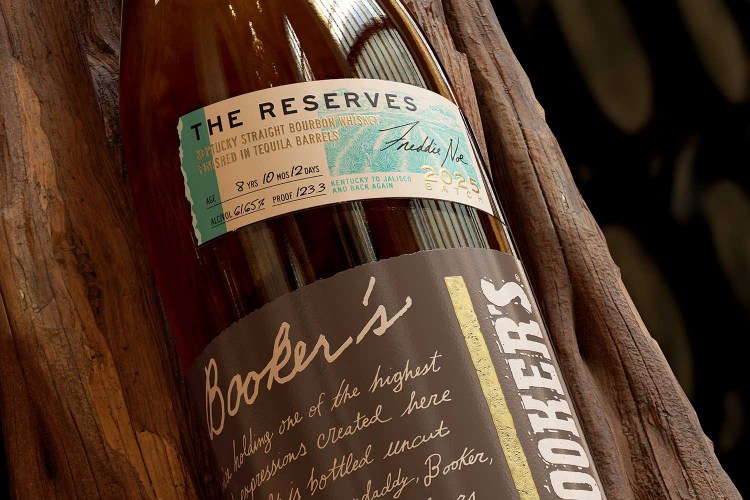Two pilots sit inside a cockpit, readying their descent through clouds that are obstructing their visibility, when the first officer notices that they appear to be off course — the GPS shows them to the right of the airport they’re attempting to land at. The captain, who is first in command, brushes off his co-pilot’s concerns and insists that everything’s fine. The first officer reminds the captain that there are hills to the right of the airport, but he doesn’t take the controls. An automated alarm screams “PULL UP,” but it’s too late: They crash into a mountain, killing themselves and (presumably) the rest of their crew and passengers. The cockpit is engulfed in flames. Suddenly, Nathan Fielder appears, staring at them like an awkward angel of death.
So begins season 2 of The Rehearsal. As the camera pulls back, we see that this is another one of Fielder’s signature simulations. These are actors recreating a real transcript from a doomed airplane’s black box, and the fire surrounding them is actually playing on a giant LED screen. Fielder’s voiceover tells us that he’s been researching commercial aviation disasters lately “as a hobby,” and he’s noticed a pattern in a lot of the conversations captured between captains and first officers moments before impact.
“The captain has made a decision, the first officer understands it’s wrong, but the first officer doesn’t have the ability to speak up about it,” Fielder tells former National Transportation Safety Board member John Goglia. “Correct me if I’m wrong, but it seems to be the No. 1 contributing factor to aviation crashes in history, and it’s not solved.” Goglia agrees; he actually recommended that the FAA require pilots to participate in role-playing exercises as part of their training to improve communication in the cockpit, but the agency turned him down.
And so, we’re off and running with season 2’s main objective: Fielder wants to use the money and resources HBO gave him to produce The Rehearsal to instead — or also — stage a series of recreations and simulations that will hopefully revolutionize aviation safety. It’s not exactly your typical comedy fodder, and while the first season of the show was often thought-provoking and poignant, prodding us to question the ethics of his increasingly elaborate experiment, the stakes are higher this time around. These are actual human lives we’re talking about. The pilots in Fielder’s recreations are actors, but their lines are actually the terrified last words of real people.
It’s sad and alarming and weirdly timely, given the recent high-profile crashes and growing concerns over flight safety. But it’s still Fielder behind all of this, and the premiere’s first joke feels especially meta, as our host laments how difficult it is to find any humor in such a serious topic. “So far, I was failing,” he deadpans in his narration. “We were over 10 minutes into this episode with zero laughs.”
As the show continues, it raises plenty of questions about human nature and the expectations we tend to place on certain professions. Fielder wonders whether anyone will take a comedian’s safety concerns seriously. A clown with his leg stuck under the wheel of a truck — another of Fielder’s staged scenes — cries out for help, but everyone around him just laughs because they assume he’s doing a bit. Then there’s Moody, a real first officer, who still lives at home with his parents, collects Legos and admits he’s too scared to talk to his barista girlfriend about the customers who flirt with her at work.
Reviving the Lost Art of Conversation, One Subway Take at a Time
Kareem Rahma’s “Subway Takes” is a viral sensation not because of the celebrity guests, but because of the host’s unique ability to connect with strangersThe Moody scenes are especially funny in that typical Fielder way of reveling in awkwardness, but they’re also an effective reminder that the people whose hands we put our lives in at 35,000 feet are still people — flawed, goofy, maybe too timid to seize control from a superior about to pilot them into the side of a mountain. (There’s one particularly revealing scene where, after ironing his uniform, Moody struggles to unlock the legs of the ironing board, fumbling around as he attempts to fold it up. He can read and operate the complex instruments on the dashboard of a 400-ton aircraft, but an ironing board is too much for him.)
It remains to be seen exactly how Fielder’s complicated rehearsals — which, this time around, involve hundreds of actors, flight simulations and an exact replica of a terminal in Houston’s George Bush Intercontinental Airport — will play out for the rest of the season, but in just one episode, he’s already reminded us of one crucial thing: Even the most sophisticated technology is, at the end of the day, built and/or operated by human beings. Errors are inevitable, but if we anticipate them and rehearse how to deal with them, maybe not as likely.
This article appeared in an InsideHook newsletter. Sign up for free to get more on travel, wellness, style, drinking, and culture.




















